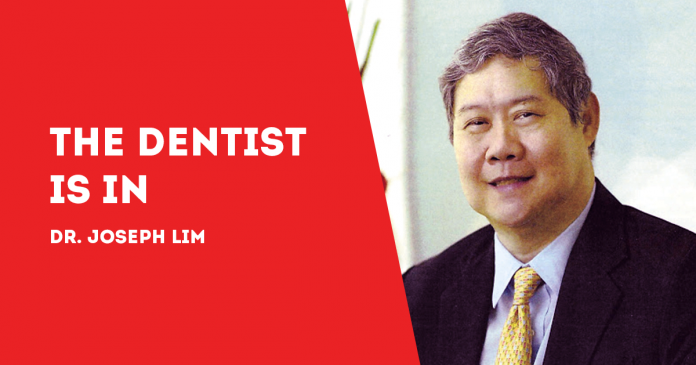
THE PERIOD at the end of this sentence measures about 397 microns. That period is bigger than a micron.
A micron is 0.000039 of an inch – or one millionth of a meter. The corona virus is smaller than a micron.
While we are in the subject of very small objects, consider particles. Coarse particles are 2.5 microns to 10 microns, fine particles are less than 2.5 microns and ultrafine particles are less than 0.1 micron.
Don’t sniff at this: the nose actually prevents air particles bigger than 10 microns from entering your body through the respiratory system. But not if a particle is less than 10 microns. And if it is less than 2.5 microns, it can enter the alveoli.
The alveoli, the workhorses of the respiratory system, are tiny air sacs in the lungs that take up the oxygen that you breathe in and releases the carbon dioxide that you breathe out.
The corona virus that we all fear, and rightly so, is an ultrafine particle that is less than 0.1 micron – and thus can enter the bloodstream.
Conventional wisdom used to be that the corona virus was transmitted through large respiratory droplets that are often heavy enough to fall from the air after traveling up to six feet. Meaning, the droplets don’t travel far.
Now, it seems coronavirus transmission is also caused by aerosols coming from a cough, sneeze – or in dental care settings. Indeed, dentistry is right there in the very-high-risk job descriptions exposed to aerosols.
Aerosols, short for aero solutions, are liquid droplets in the air that can potentially travel up to 20 feet. And they remain suspended in the air.
A study published in the March 17, 2020 online issue of the New England Journal of Medicine states the corona virus is viable up to 72 hours after application to plastic and stainless steel surfaces. It is viable up to 24 hours on cardboard surfaces, up to nine hours on copper surfaces and up to three hours in suspended aerosols.
The Universal Practice Guidelines for COVID issued on April 22 by the Philippine Dental Association (PDA) limit dental treatments to Non- Aerosol Generating Procedures (NAGP).
NAGP treatment, according to the Guidelines, still involves compliance with standard infection control procedures and droplet precautions. This will ensure that there is no contact or droplet transmission of the corona virus during oral examinations, oral x-rays, denture records taking, even in uncomplicated extractions and tissue excision and so on.
Standard infection control includes donning of fluid repellent coveralls/isolation gowns, head caps, face and eye protection (goggles/face shields), mask and gloves.
These Personal Protective Equipment (PPE) should be worn by both the dentist and his or her assistants.
Consideration must be given to the local temperature. If the material produces too much sweating, constant touching of the face to wipe off sweat may negate the use of the protective barrier.
Keep in mind, the PDA Guidelines remind dentists, “consistent wearing of PPE is more important than the type of PPE used.”
And to avoid cross-contamination, PPE must be changed for every patient seen.
***
Dr. Joseph D. Lim is a former Associate Dean of the UE College of Dentistry, former Dean of the College of Dentistry, National University, past president and honorary fellow of the Asian Oral Implant Academy, and honorary fellow of the Japan College of Oral Implantologists. Honorary Life Member of Thai Association of Dental Implantology. For questions on dental health, e-mail jdlim2008@gmail.com or text 0917-8591515./PN

